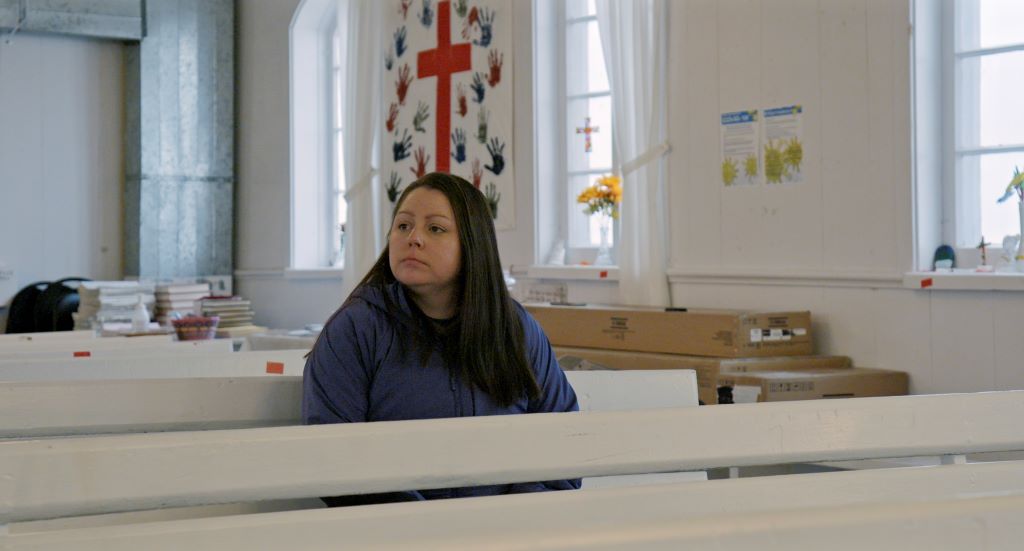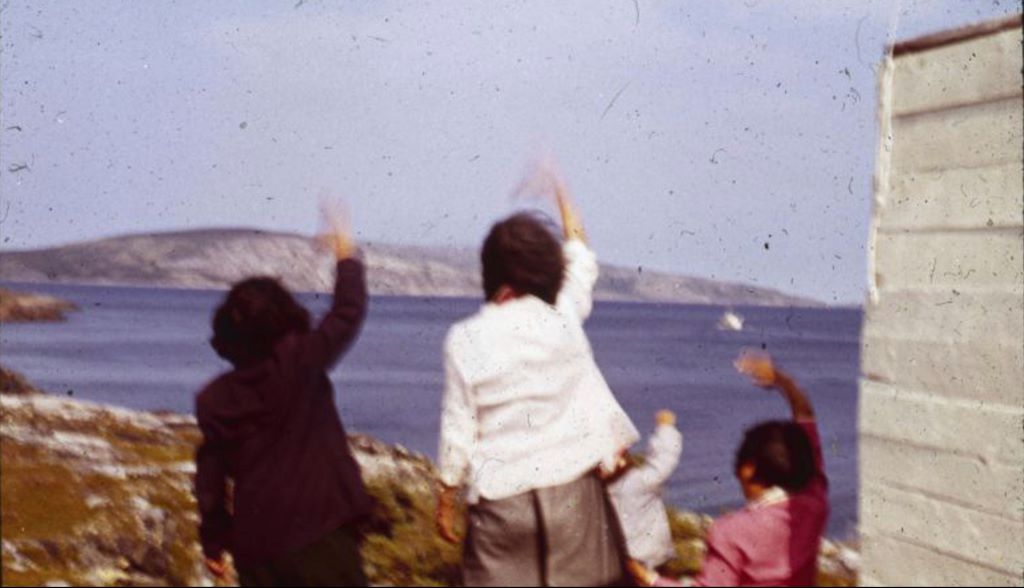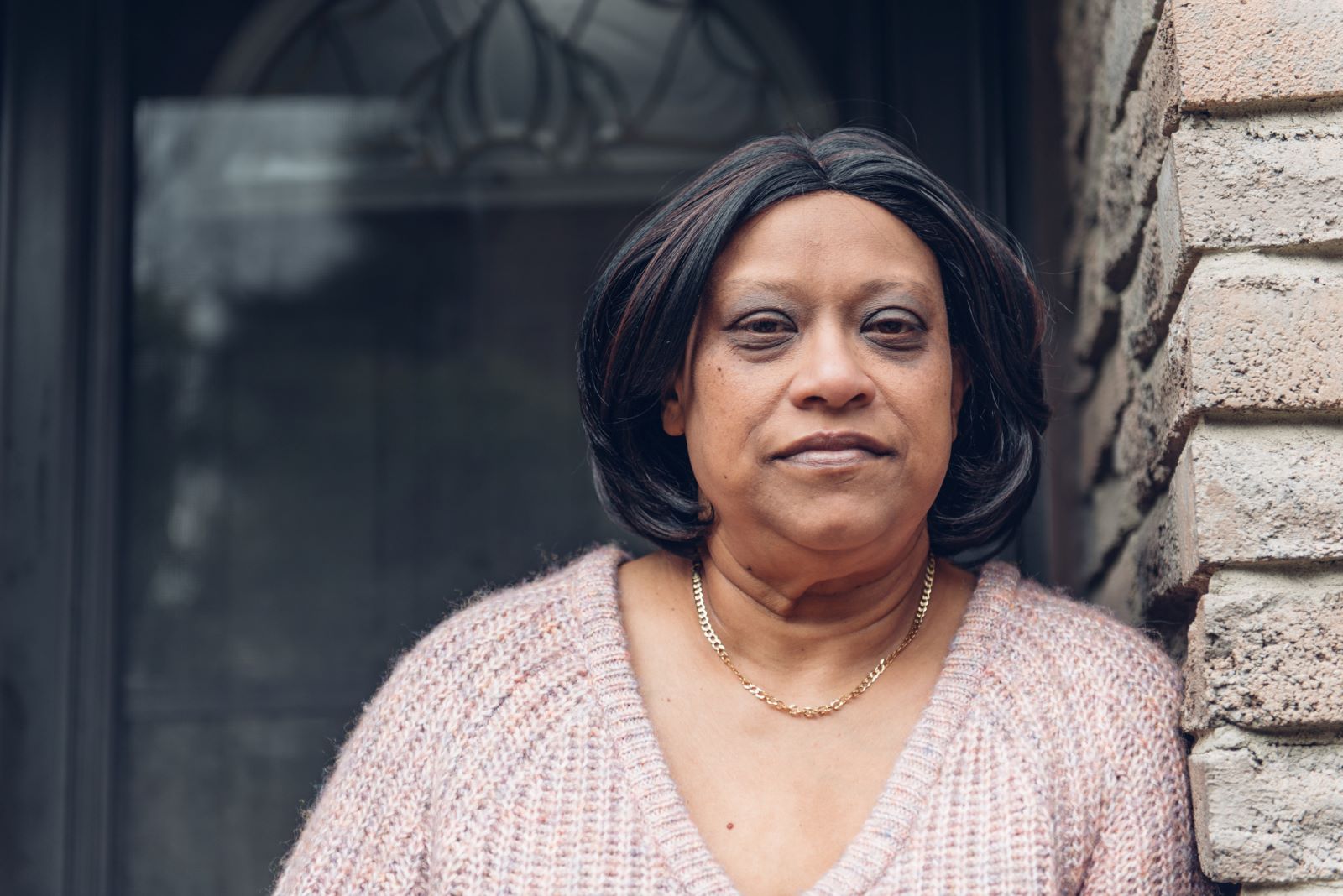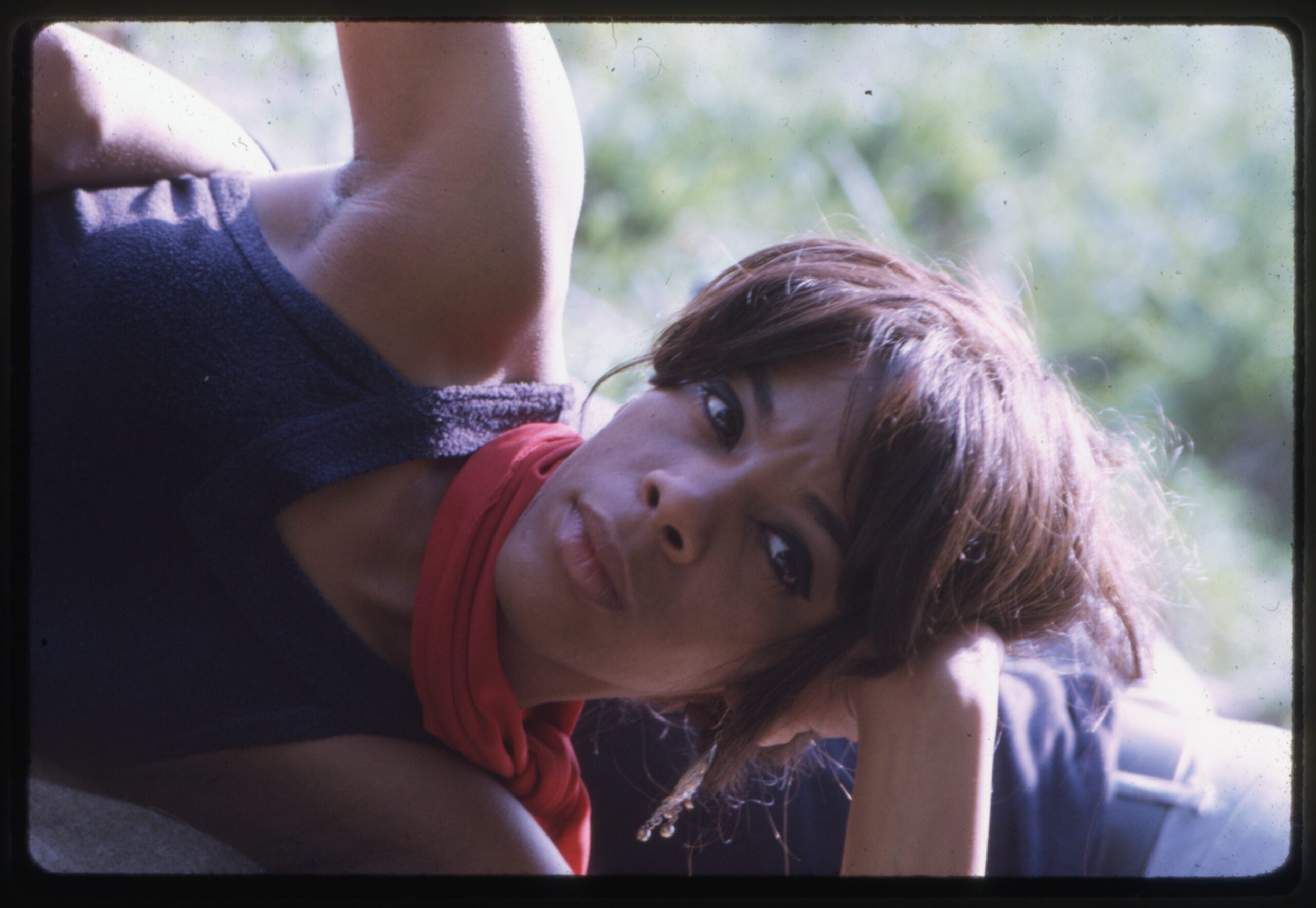Back in 2018, Holly Andersen was working as a professional photographer in Makkovik, Nunatsiavut, an autonomous area govered by the Inuit in Labrador. Now, her debut short film Hebron Relocation is premiering in Hot Docs’ 2023 festival. Andersen is an alumni of the NFB’s Lab Docs incubator, a program supporting first-time Inuit filmmakers in pursuing visual storytelling from situated Inuit perspectives. Hebron Relocation is part of the second wave of releases from the Lab Docs cohort, which, back in 2021, released Ossie Michelin’s Evan’s Drum and Jennie Williams award-winning short Nalujuk Night.
Andersen’s powerful story comes from an earnest desire to know more about the home she lives in. In Makkovik, Andersen resides in a part of town informally known as the “Hebron End,” a small neighbourhood comprised of hastily built homes erected in the early 1960s to house incoming northern Labrador Inuit relocatees. In 1959, residents of Hebron were informed by Moravian missionaries and government officials that they would be divided up and relocated to Nain, Hopedale, and Makkovik, three communities south of Hebron in Labrador.
One of Andersen’s favourite quotes in the film comes from her classmate Janine Lightfoot, whose grandmother was a relocatee. She says that she never blamed her grandmother for how she responded to the relocation — “People should understand that so we’re kinder to each other as Inuit,” Lightfoot shared. While Andersen hopes the film can be informative for all, her priority lies in contributing to a growing tradition of storytelling about the relocation that is driven by compassion and understanding. “You never know, what people are going through and what they’ve been through,” Andersen shared, “I want people to learn about it, or at least know that it happened.”
Navigating through personal accounts from survivors and descendants alongside archival footage offering a glimpse of the relocation, Andersen shares an intimate and heartfelt look into the traumatic upheaval and its lasting effects on the northern-Labrador Inuit communities. Growing up, Andersen was unaware of the ongoing impacts of the displacement felt by her neighbours and community. This reckoning is what ultimately drove her to pursue the story for Hebron Relocation through NFB’s Lab Docs initiative.
POV spoke with Holly Andersen via Zoom in advance of her visit to Toronto for the world premiere of Hebron Relocation at Hot Docs.

POV: Ry Pembroke
HA: Holly Andersen
This interview has been edited for brevity and clarity.
POV: How are you feeling with the doc starting to be out in the world?
HA: I’m pretty excited. It was four years ago that we actually started this, and because of COVID, we get backed up a bit, so it’s a long time coming. I’m very surprised it made it to the Hot Docs festival. That’s a pretty big one to start with.
POV: It totally is—congratulations on that! Can you tell me a little bit more about the timeline of the process?
HA: The NFB made a call that said: “Looking for Inuit filmmakers to make a short film.” It was my teacher from grade five that said to me, “Hey, Holly, did you see this? I put three ideas in, you should put an idea in.” Then I just wrote up a paragraph about the Hebron relocation. A few weeks later, I had an email that said my idea had been chosen. I was like, “Oh, crap. now I need to actually learn about it.”
POV: In the film, you mention feeling like you are “living in the echo” of the Hebron relocation. Can you speak to that a little bit?
HA: I’m not related to anybody [who was] relocated from Hebron, but the first house that I lived in and grew up in was a house that was made for a relocatee. So that’s the echo for me; living in those houses and just living in the Hebron End.

POV: Knowing that there are a few books and documentaries, I imagine that a lot of that content comes from an outside perspective looking in on the relocation. Do you think the more historical material has been inaccessible for people who are closer to what has happened?
HA: I didn’t know about the books until my teacher told me about them. One book is by Carol Brice-Bennett, called “Dispossessed.” [Brice-Bennett] interviewed over 50 people who were relocated. So you get a little bit of their understanding of what happened. And the documentaries, one was more factual., so for this film we wanted some facts, but built [them] around a different perspective, which is mine.
POV: One of the big things that drew me to your film is the fact that you have your voice at the centre of it. How did it feel looking back and seeing yourself going through the process?
HA: It felt kind of cool to actually be in the story to help tell it. I’m glad we went that way with it. I’m a photographer, so I’m used to being behind the camera, not in front of it. I like to say I’m a director/writer/actor in this film. One thing I was worried about from the start was [that]this is not my story, this is the Hebron story. [The process] was mostly for me to learn what happened and to let people know, because I just felt so bad that I didn’t know, even though I lived here and grew up with people who were relocated. There’s a lot of descendants still living here. The hardest thing for me was to make sure I told the story in the gentlest way t without being too dramatic. I didn’t want any triggers in case somebody from Hebron saw this film.
POV: I’m curious about at what moment in the process it became clear that you would take on this narrator role, where you would walk the viewers through the story.
HA: I would say probably halfway through, and when COVID hit. My producer mentioned, “These other films, we don’t want to be like them. Let’s have you tell the story.” I’m not that shy, but if you asked me 15 years ago to do this, I would be like, “definitely not.”

POV: Considering how complicated this story is to tell, do you feel like the NFB team has been supportive through the process?
HA: Yeah, from day one it was like, “We’ve got your back, we’re here [for] anything you need, just talk to us.” My producers and me, we read Dispossessed together; we read a chapter each week. And it was like, “if it’s a bit too much, we’re here for you if you need to talk about it.” From the narration to the editing, they were there for me.
POV: Early in the film, you make a Facebook post about the Hebron End houses. Do you think that social media is a valuable tool for keeping histories in some way that isn’t already available?
HA: I have a few people on my Facebook who are descendants from Hebron. Sometimes they’ll post a paragraph about what they went through, so that helps me to know more. I think that’s something that people need to understand. [The relocation] was traumatic and people are still dealing with it today, whether it’s actual relocatees or their descendants.
POV: Do you feel like you accomplished what you set out to do with this production?
HA: Yeah, I think so! I’m just glad I got to learn more about the relocation. I got to learn more, plus, I got to make a film about it that could help people learn more about it beyond the books. Making the film was a bonus for me.
POV: Do you plan to continue filmmaking?
HA: It’s hard to say right now. For a little bit, I was thinking that this needs to be a feature-length film because there’s so much I didn’t get to say in [the short], like more of the process of them moving and what it was actually like in the community. I don’t think we really got to touch on those subjects. That’s where I’m thinking.Would somebody be interested in making the feature-length film with me? I don’t know. Right now, I want to feel the excitement of other people seeing it. The film is four years in the making, and it’s finally finished.











